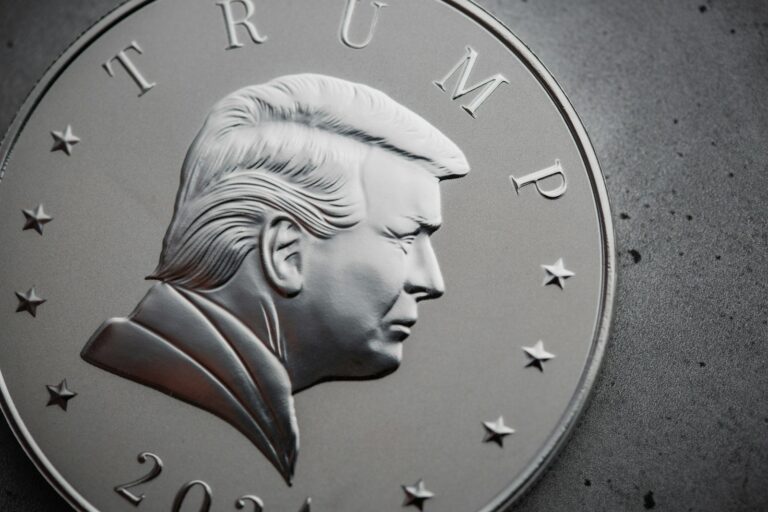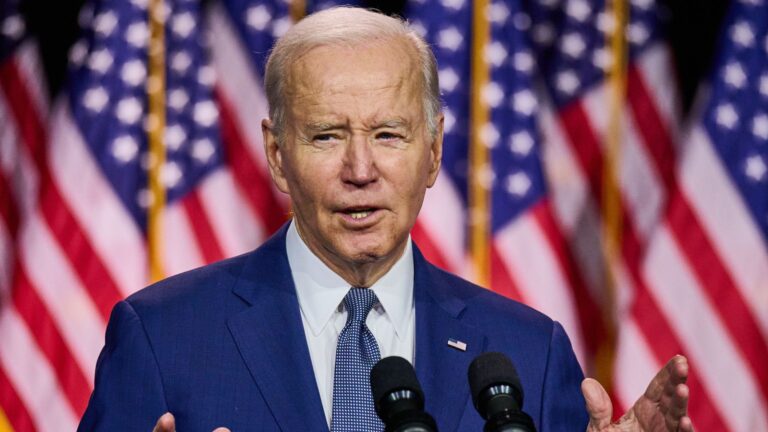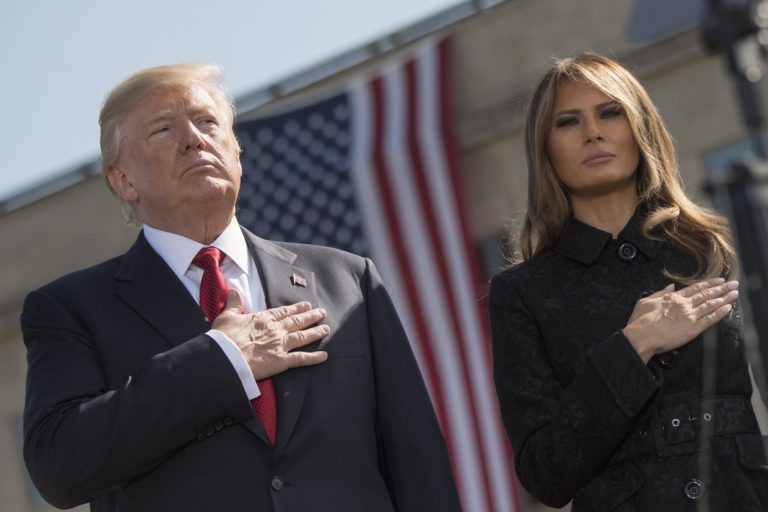Introduction: The Trump administration recently released a list of over 100 cities and counties it claims are sanctuary jurisdictions, but the list has quickly faced backlash and corrections. Many cities and counties, including some that support Trump, deny being on the list, pointing out errors and misunderstandings.
Key Takeaways:
- The Trump administration released a list of sanctuary cities and counties.
- Many cities and counties deny being on the list, claiming errors.
- The list has glaring mistakes and wrong inclusions.
- The government plans to update the list regularly.
The Errors in the Sanctuary City List The list, published by the Department of Homeland Security, was meant to identify places that do not fully comply with federal immigration laws. However, by Friday, several cities and counties were already correcting the administration.
For instance, Las Vegas was included on the list, but its mayor, Shelley Berkley, immediately objected. “The entire city of Las Vegas is surprised,” Berkley said. “We are not a sanctuary city, and we never will be.” Nevada’s Republican Governor Joe Lombardo supported this statement, saying Las Vegas is working to fix the mistake with the Department of Homeland Security.
Cities Pushing Back Against the List The list also included Oakland County in Michigan, which quickly denied being a sanctuary jurisdiction. “We are not a sanctuary city,” said county officials in a joint statement. “Our policies follow federal law, and we were incorrectly added to this list.”
Even some cities that support Trump found themselves on the list by mistake. For example, Huntington Beach in California, which has a MAGA-supporting council, was included. The city had previously passed a resolution declaring itself a “non-sanctuary city.”
What’s Next for the Sanctuary City List? The Department of Homeland Security said the list will be updated regularly, but the first version has already caused confusion and frustration. Many cities and counties are now working to clear their names and understand why they were included.
The situation highlights the challenges of creating such a list and the importance of accurate information. As the government tries to enforce immigration laws, the debate over sanctuary cities continues to grow.
Conclusion The Trump administration’s sanctuary city list has sparked confusion and outrage across the country. With errors and incorrect inclusions, the list has become a controversial topic. The government’s plan to update the list regularly may help fix some mistakes, but for now, the issue remains a point of tension in the ongoing debate over immigration policies.










